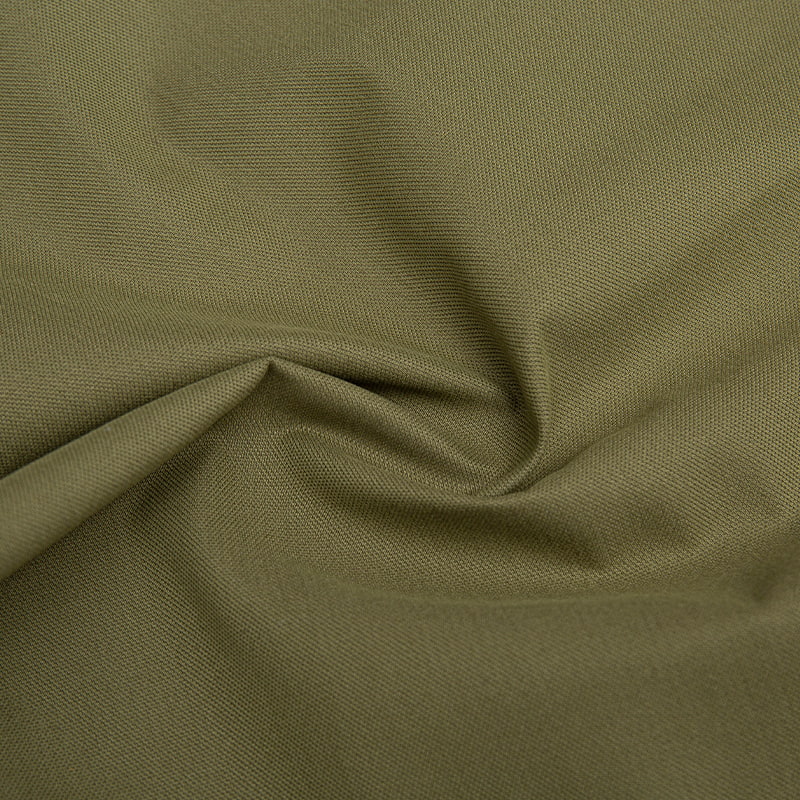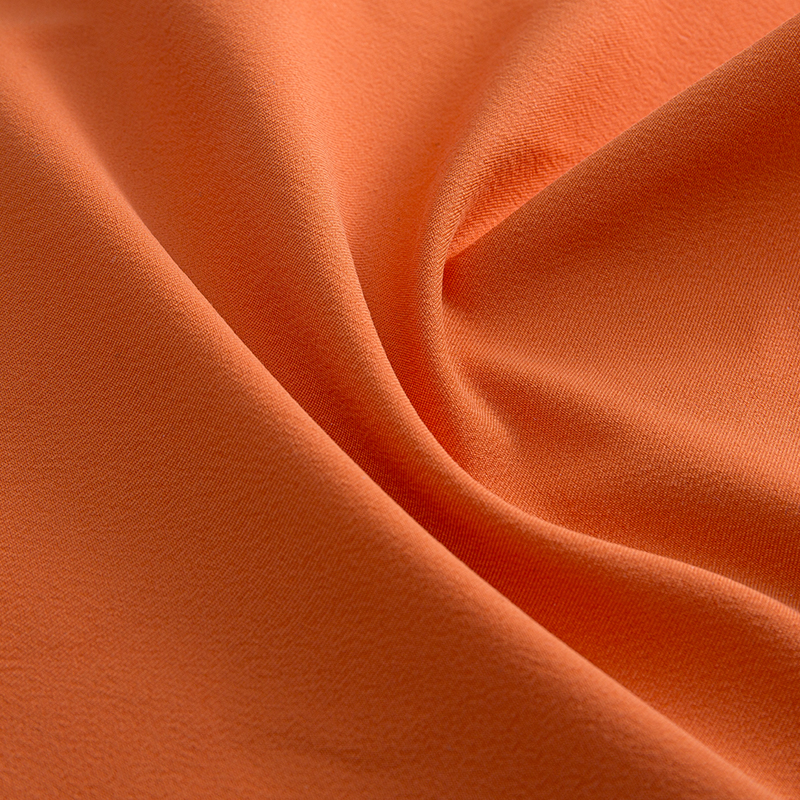
Can you make a suit out of stretch fabric?
The application of stretch fabrics in suit making is a feasible but strictly screened technological innovation. The following are the key points:
1. The stretchity level determines the applicable scenarios
Micro stretch fabric (warp stretchity ≤ 5%): Wool/polyester blend with ≤ 3% spandex added to maintain fabric drape while providing ample room for hip/elbow movement. Avoid using double-sided stretch fabric, which can easily cause collar warping and shoulder collapse
High stretchity fabric (≥ 15% spandex): Only suitable for casual suit lining (such as sleeve cage anti friction layer), absolutely cannot be used for the outer layer fabric of the suit, which will cause deformation of the pocket and arching of the buckle
2. The core structure must be rigid
The "bone like" part of the suit needs to use traditional techniques to counteract stretchity:
Chest lining: Retain the natural stiff layer of ponytail lining and linen lining, reject stretch adhesive lining
Shoulders: Sew a 0.5cm wide pure cotton drawstring to prevent slipping of the shoulder seam when lifting hands
Bottom hem: Hand sewn with triangular needles to secure and avoid curling edges
3. Stretch treatment techniques for special areas
Back waist provincial road: switch to wave shaped closure (non straight stitching), use fabric rebound to adapt to changes in sitting waist circumference
Sleeve hole: cut deepened by 1.5cm, combined with stretch lining fabric, to achieve forward lifting without getting stuck in the armpits
Pants Knee: Made of "double bow cut", with pre stretch allowance at the knee bend, no bulges when standing
4. Fatal Defects and Avoidance Plans
Rejected collar: stretch fabric can easily lead to insufficient support for the collar seat. Solution: Heat paste 0.3mm polyester molding yarn on the inside of the collar
Seam slippage: Ordinary stitching will be stretched and deformed, forcing the use of "three needle tight stitching+chain stitch", with no less than 12 stitches per inch
Ironing disaster: High temperature ironing can cause spandex to become brittle. The steam setting temperature must be ≤ 110 ° C, and the padding and ironing cloth should be fumigated in the air
5. Applicable population and taboos
Recommended use: Long term travel (sitting for long periods on airplanes/high-speed trains) for individuals with significant body weight fluctuations (± 5kg weight change)
Absolute taboos: Formal attire for ceremonies (lack of luster/drape) Obesity (stretch fabric will highlight abdominal folds)
| Aspect | Implementation Strategy | Functional Principle |
| Elasticity Grade | • ≤5% stretch (warp direction only) for main fabric• Spandex ≤3% blended with wool/polyester | Maintains drape while allowing elbow/knee articulation |
| Rigid Reinforcement | • Horsehair canvas chest piece• 0.5cm cotton tape at shoulder seams• Hand-felled hem with triangle stitches | Prevents structural distortion in collar/hem |
| Strategic Elastic Zones | • Wave-shaped dart at back waist• Armhole cut 1.5cm deeper with elastic sleeve lining• "Double-arc" knee panel in trousers | Accommodates sitting/bending without bulging |
| Critical Defect Solutions | • 0.3mm polyester shaping tape under lapel• 3-thread overlock + chain stitch (12+ SPI)• ≤110°C steam molding with press cloth | Counters collar lift, seam slippage, and fiber damage |
| User Suitability | Frequent travelers Weight-fluctuating individuals Formal ceremonies Obese body types | Targets dynamic comfort needs; avoids fit compromises |



 English
English 

 PREV
PREV








